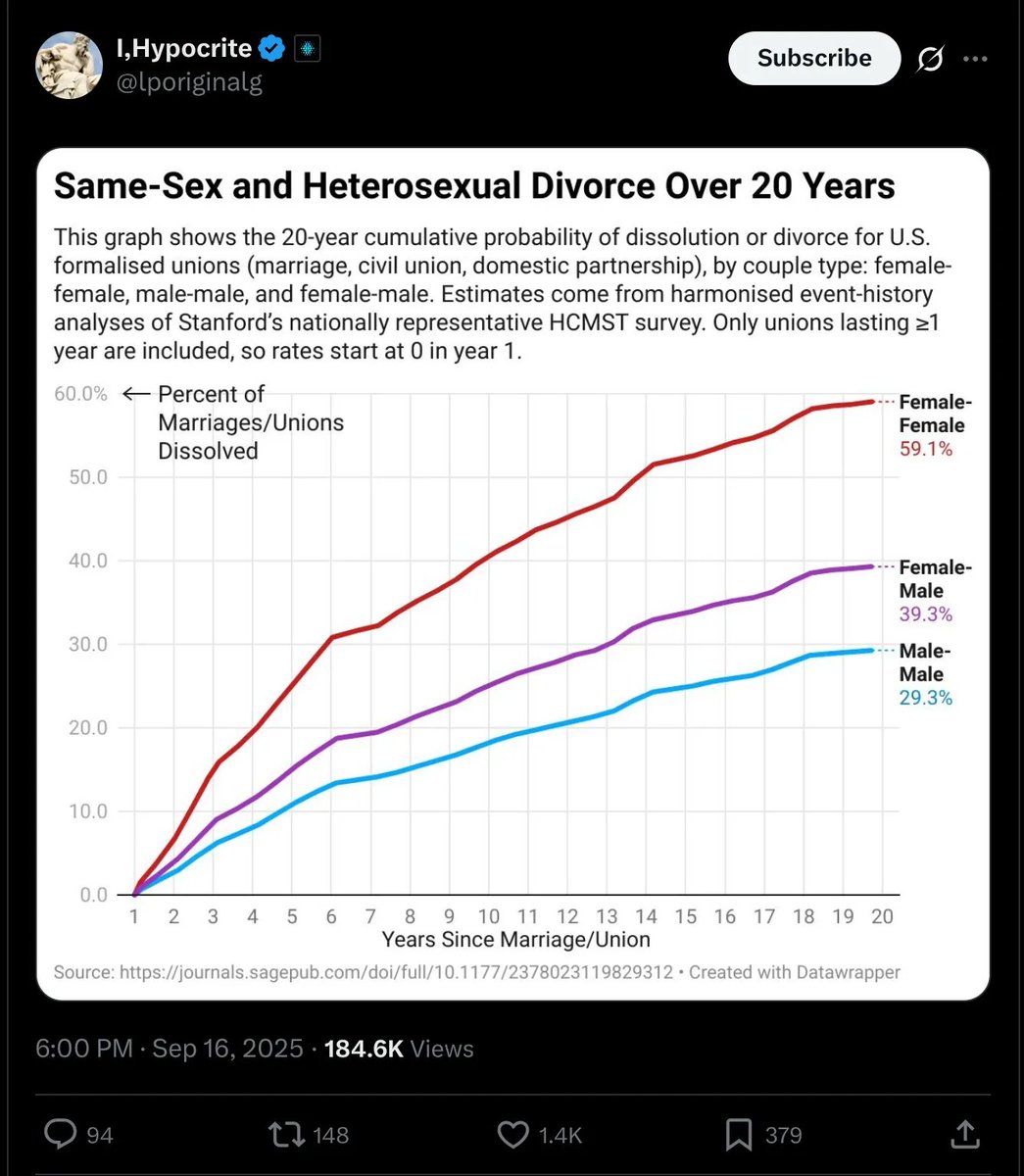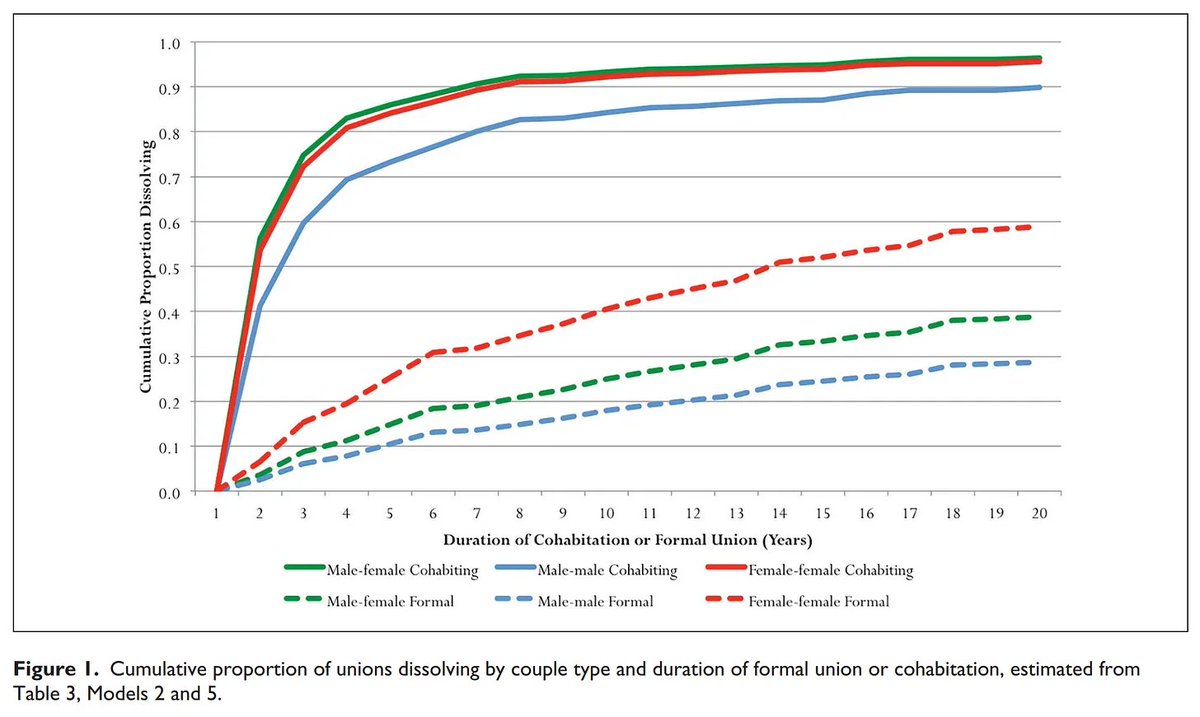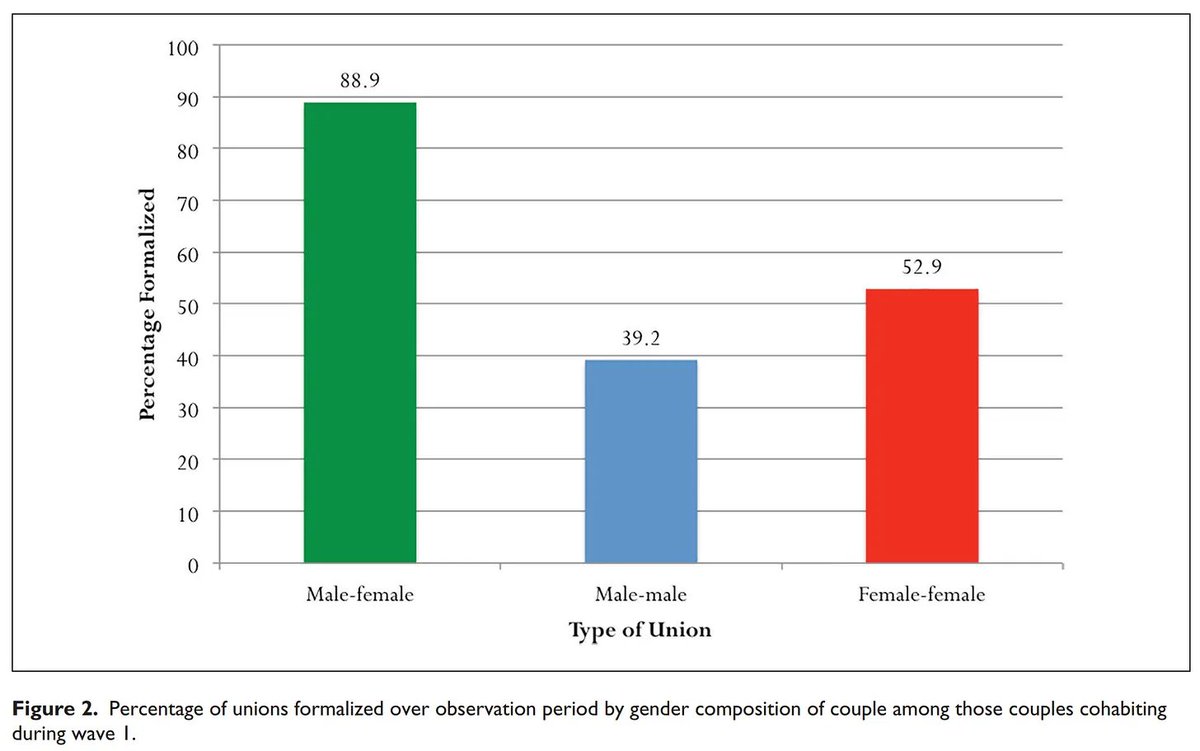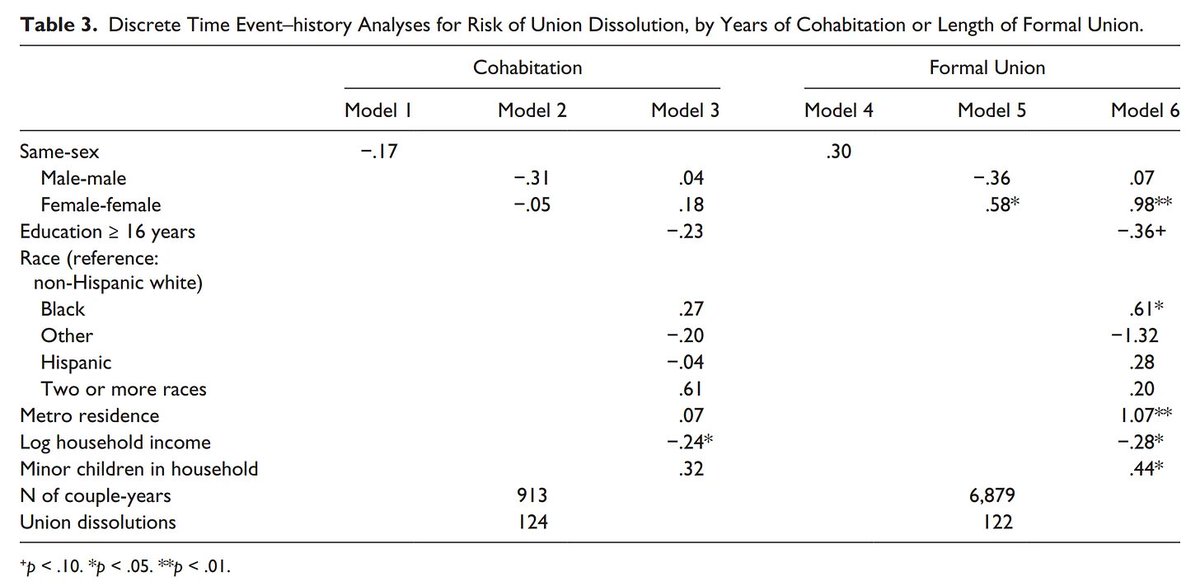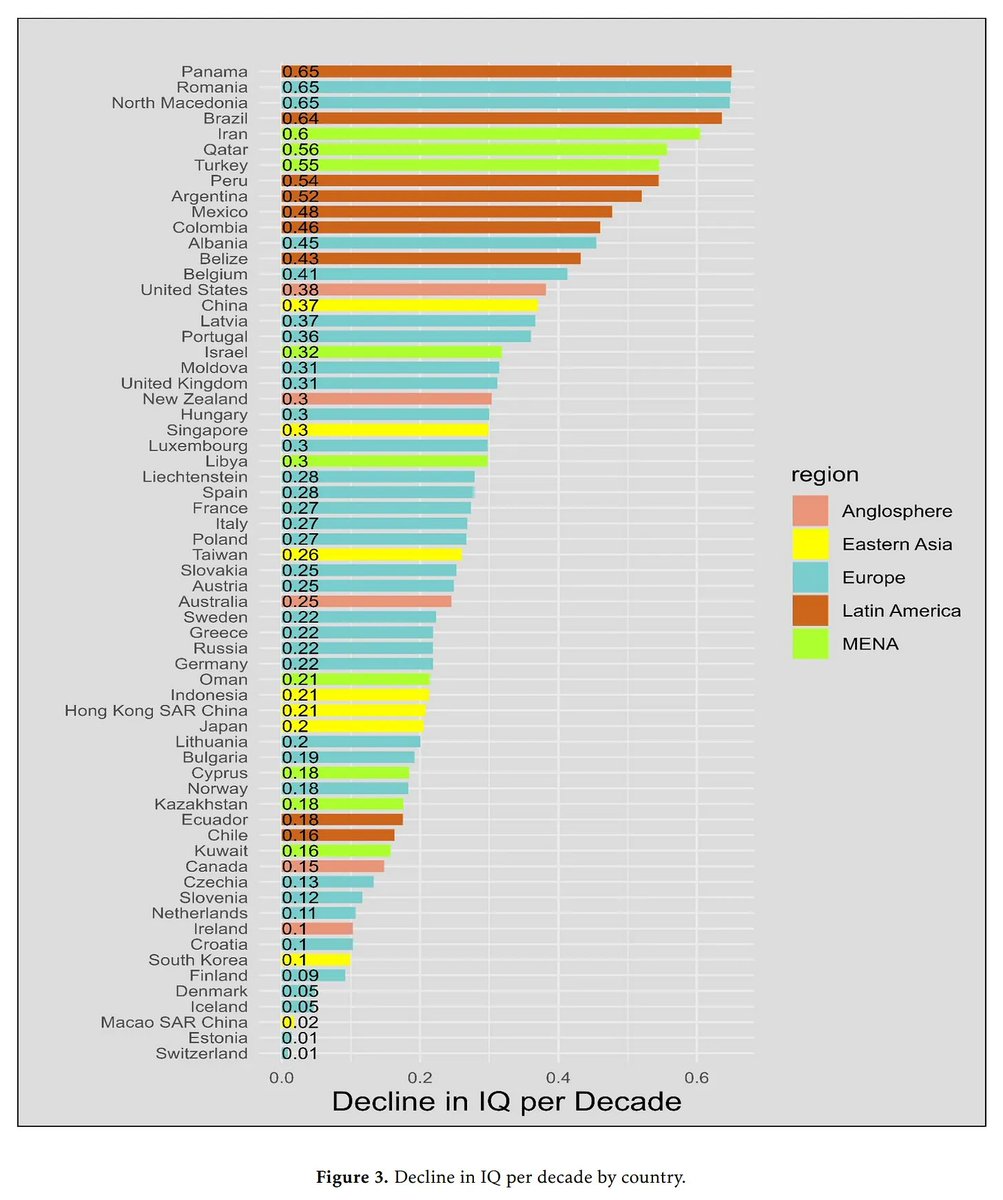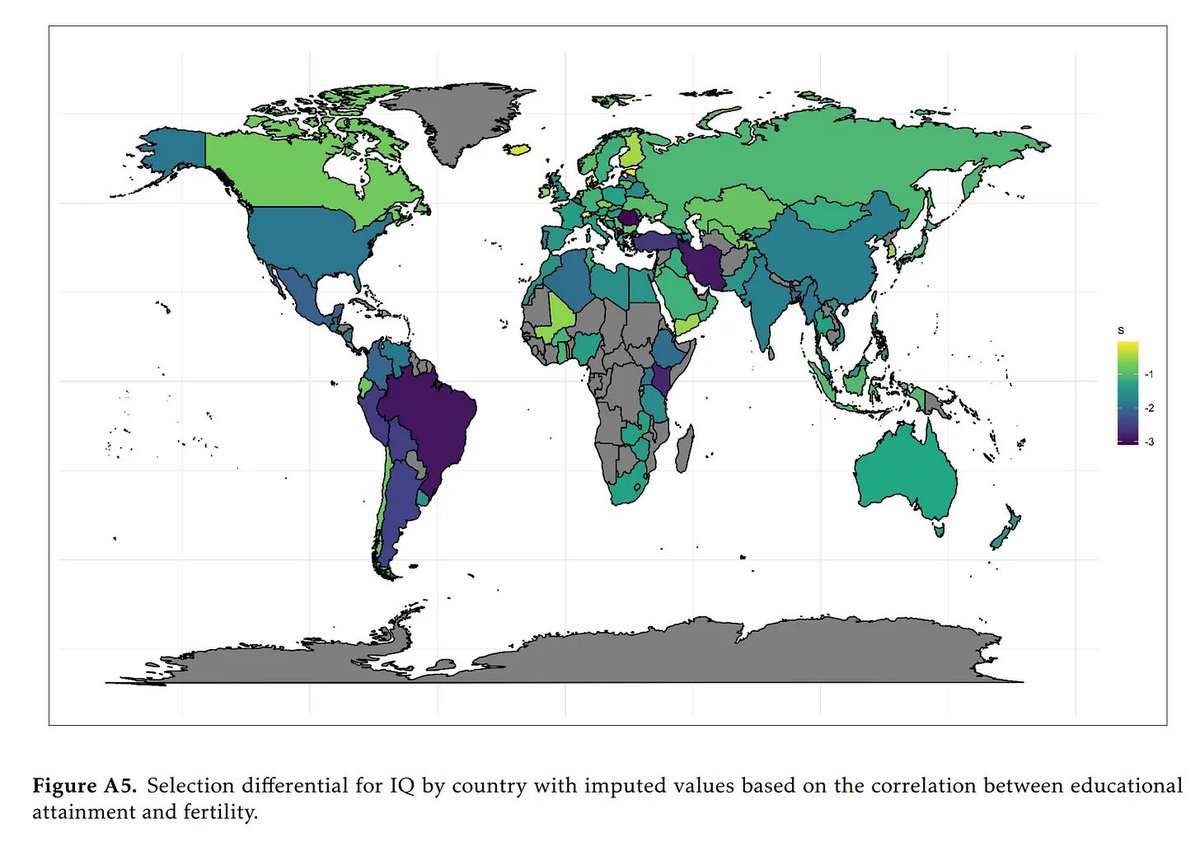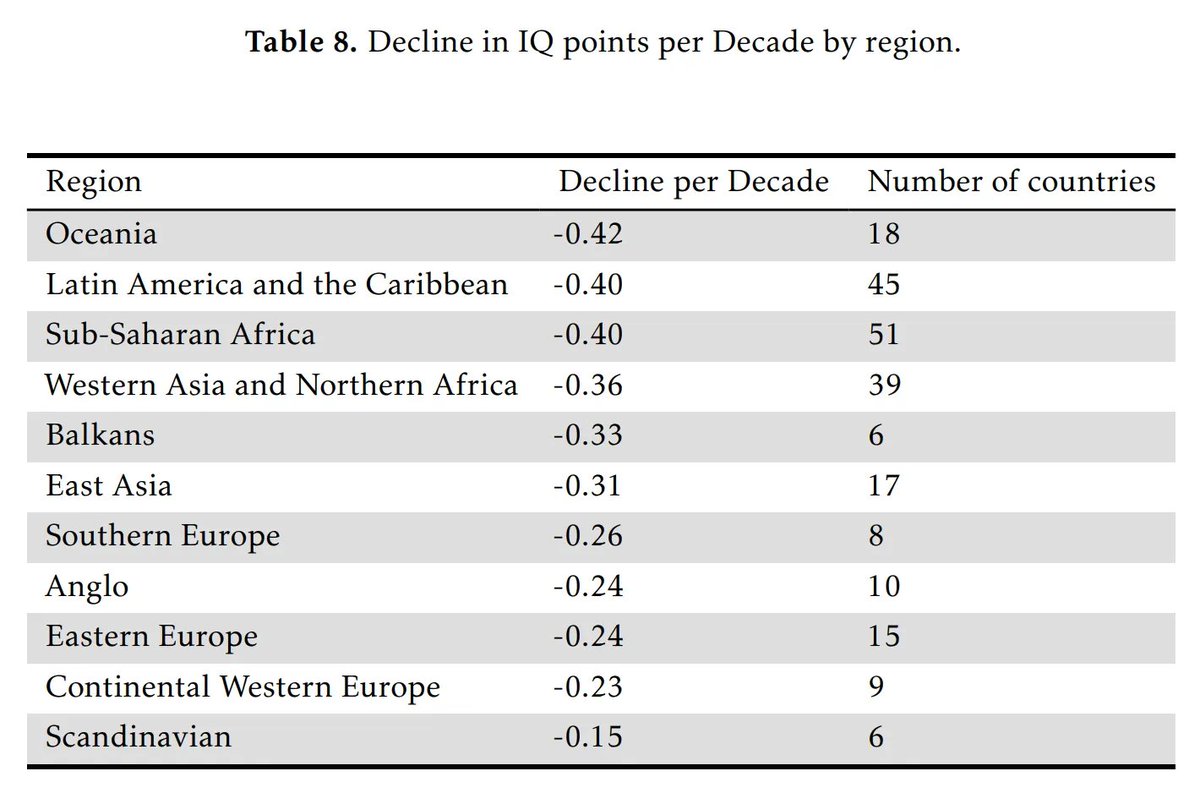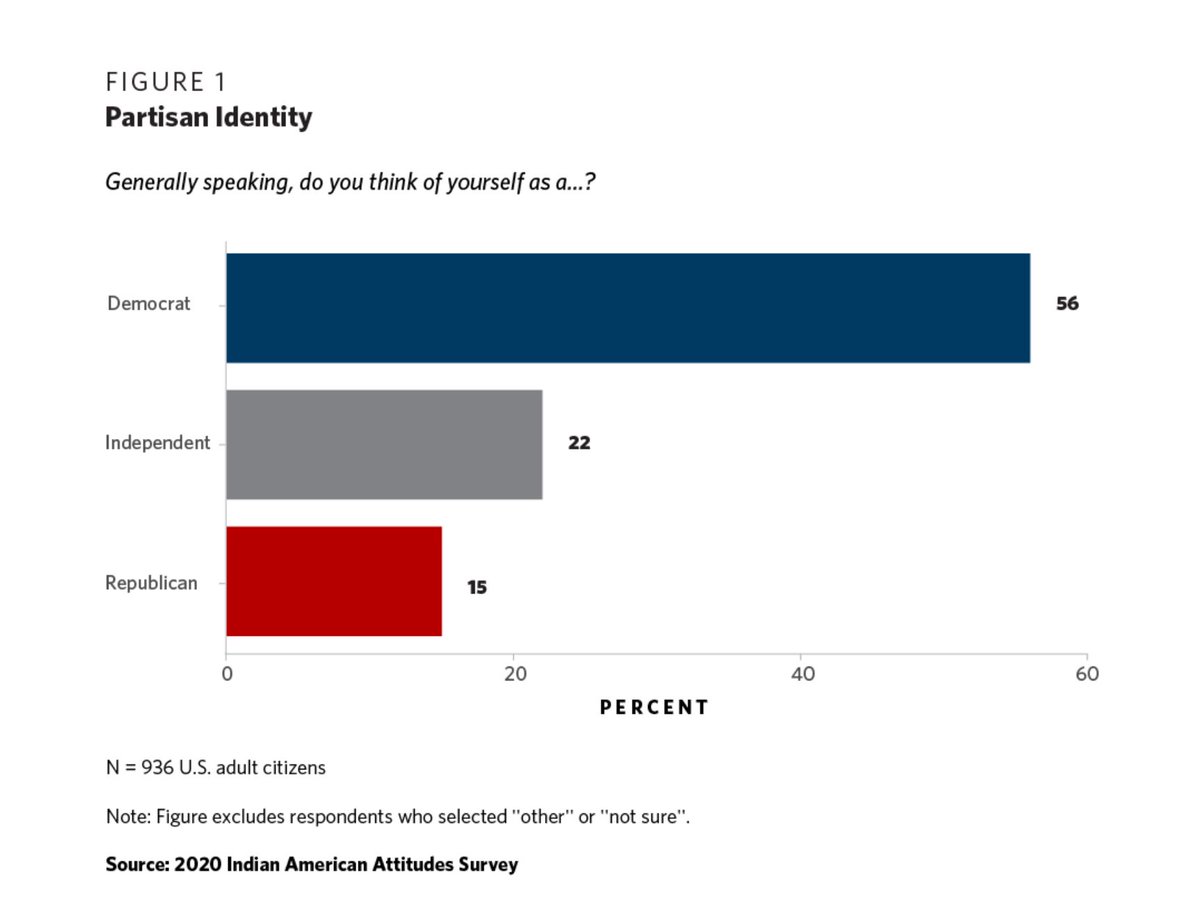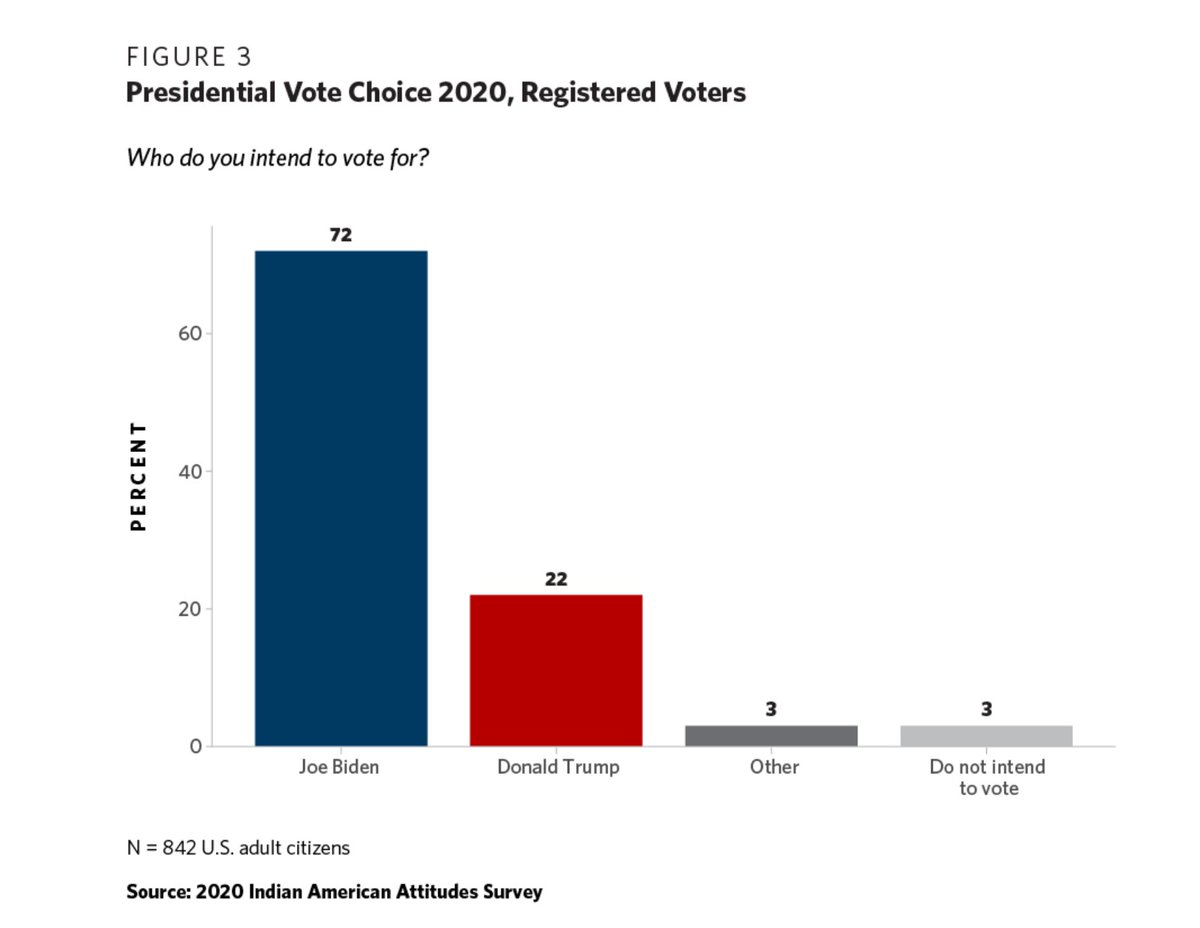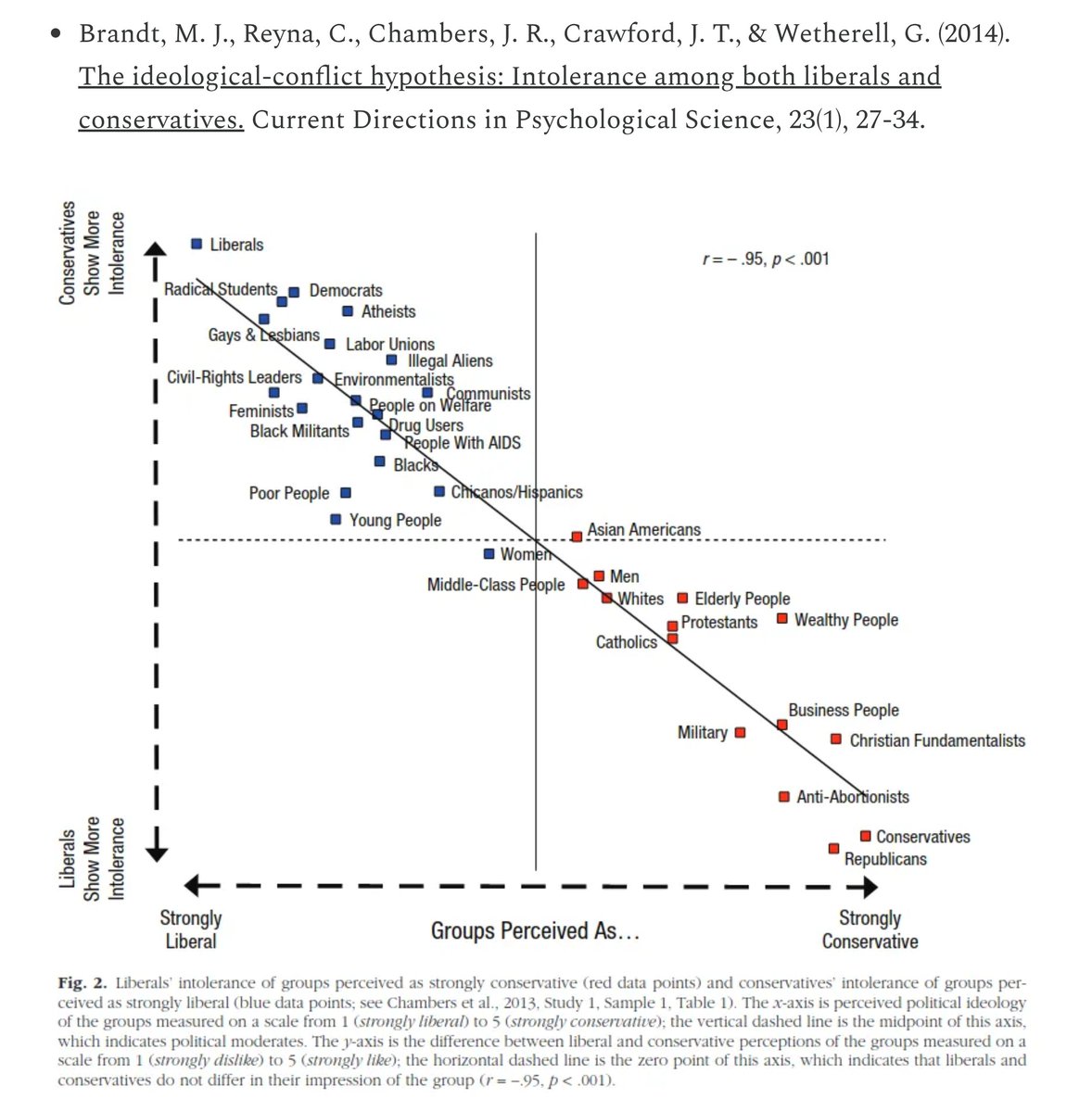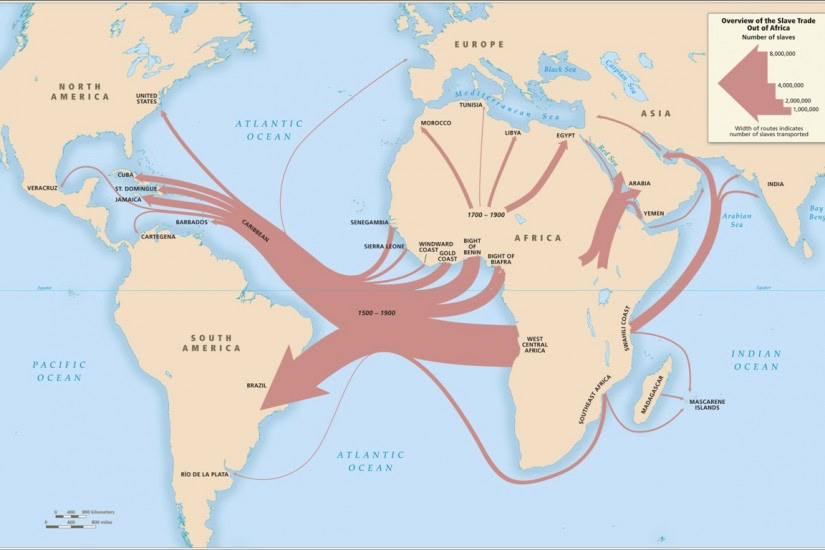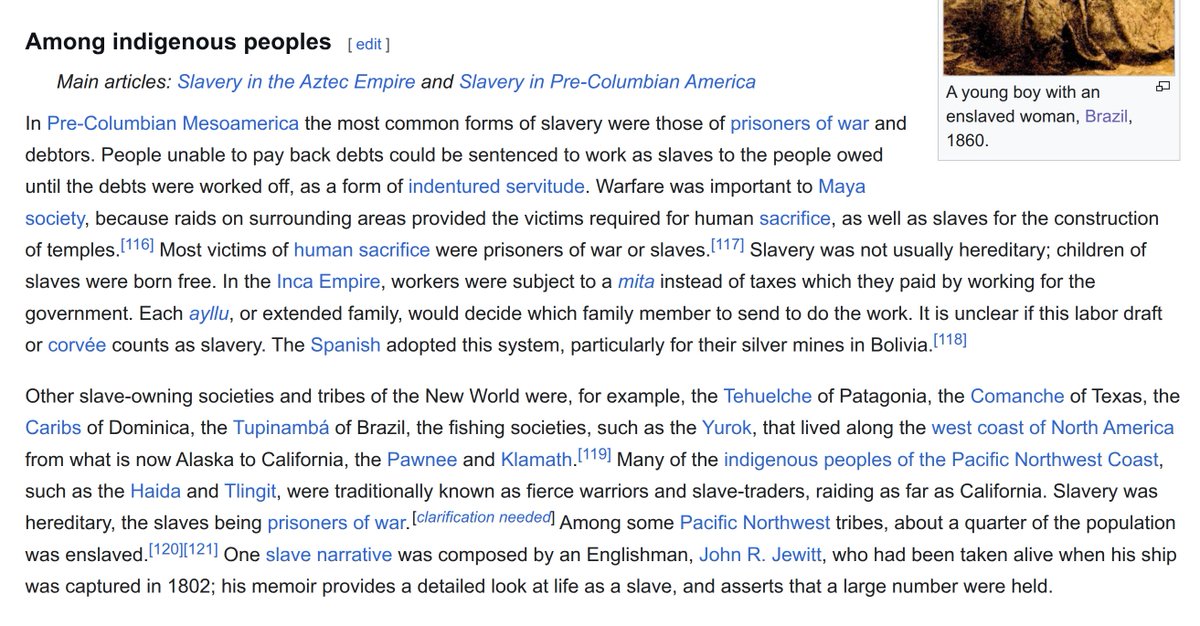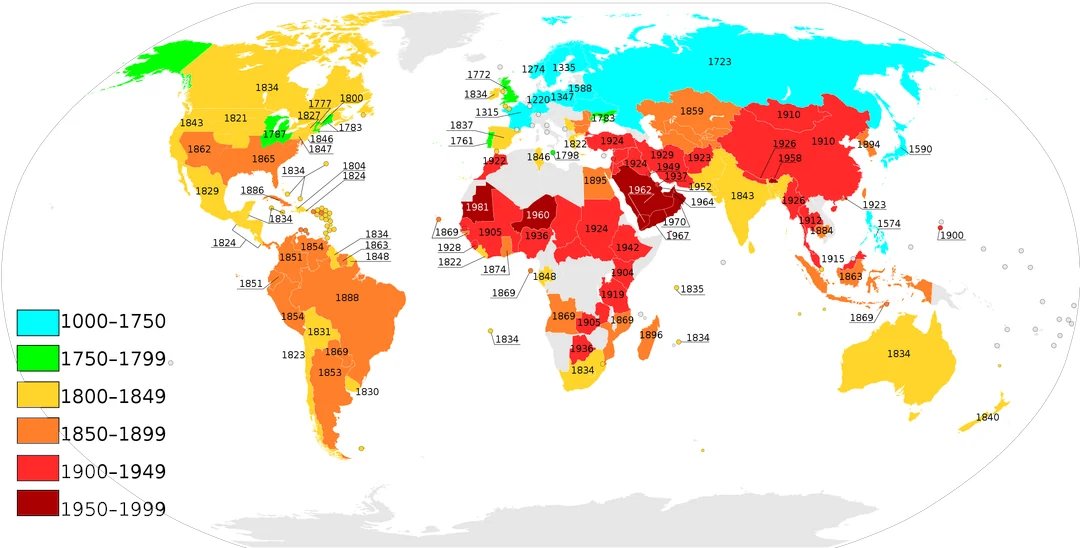The Netherlands has the world's most democratic democracy. With 150 seats in their house, they have 13 parties in parliament right now!
en.wikipedia.org/wiki/House_of_…
en.wikipedia.org/wiki/House_of_…
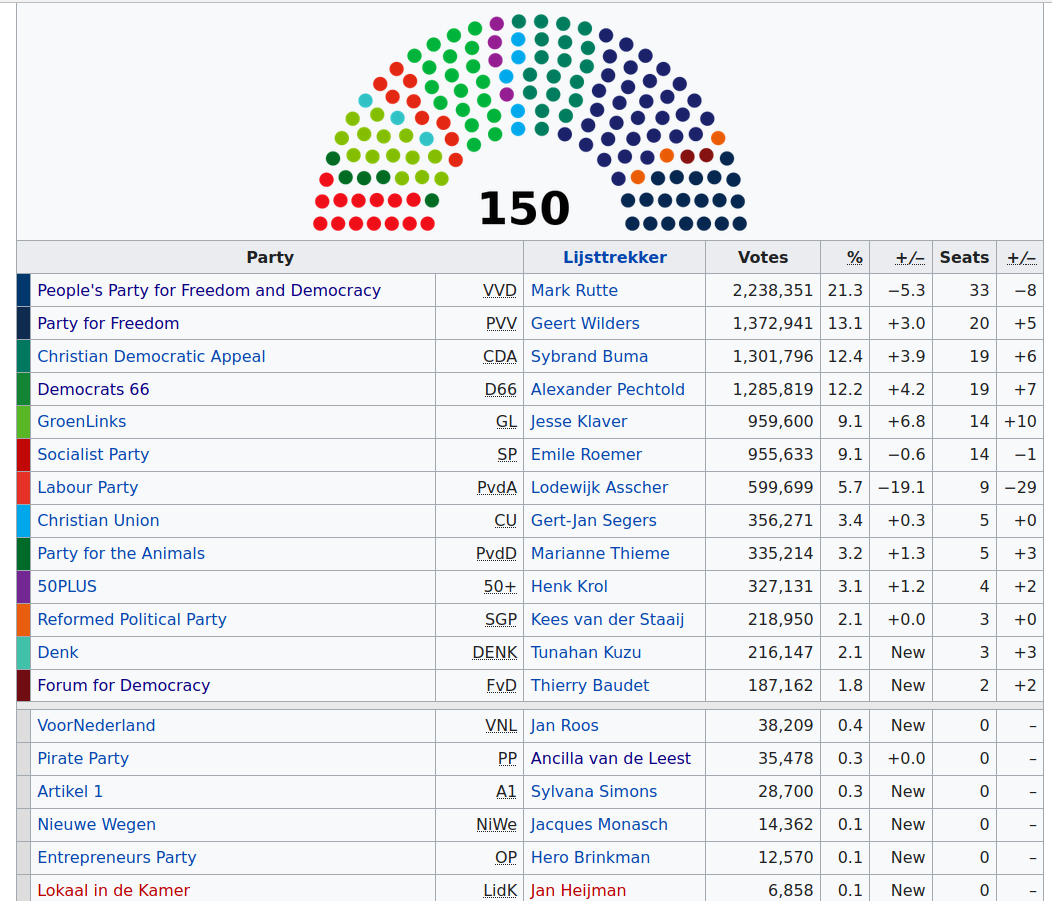
The reason for this pluralism is that countries differ in how many % a parties must at least get to have any seats. Most countries impose an artificial limit, called election threshold. Netherlands does not.
DK has 2nd lowest at 2%. 12 parties right now.
en.wikipedia.org/wiki/Electoral…
DK has 2nd lowest at 2%. 12 parties right now.
en.wikipedia.org/wiki/Electoral…

• • •
Missing some Tweet in this thread? You can try to
force a refresh



